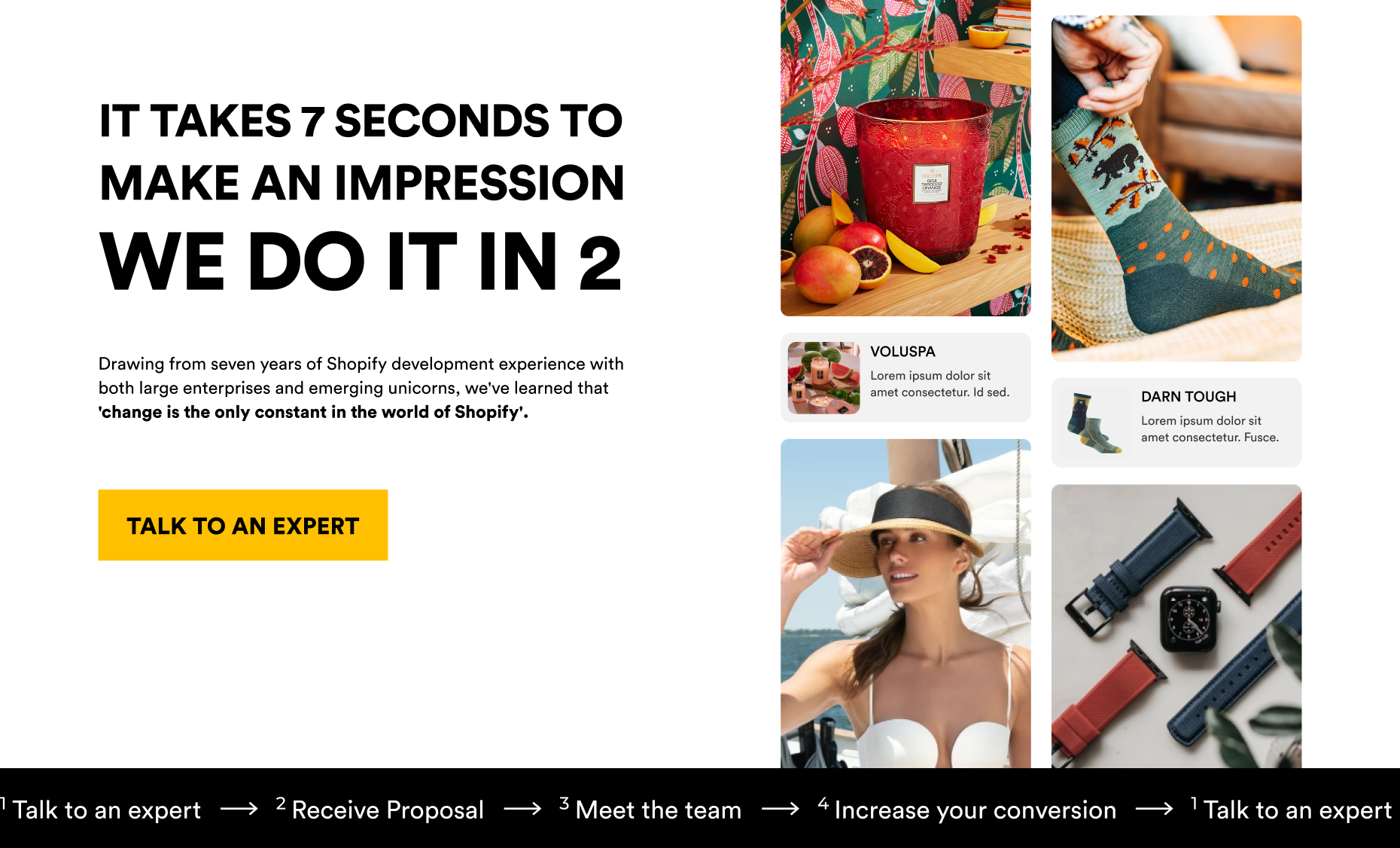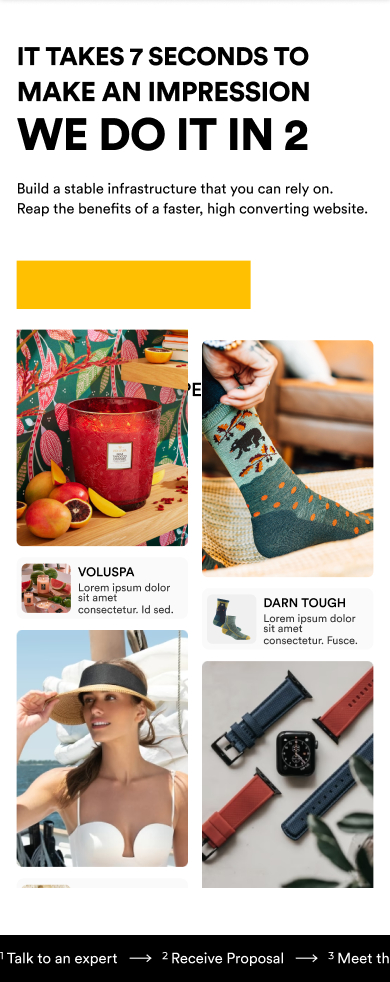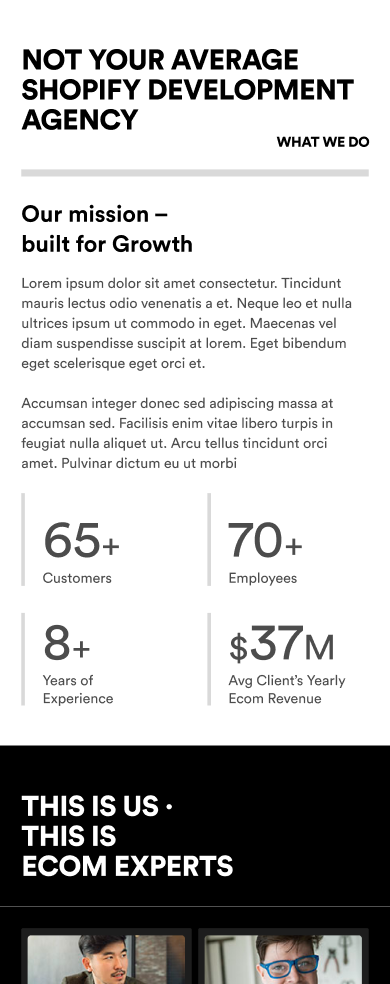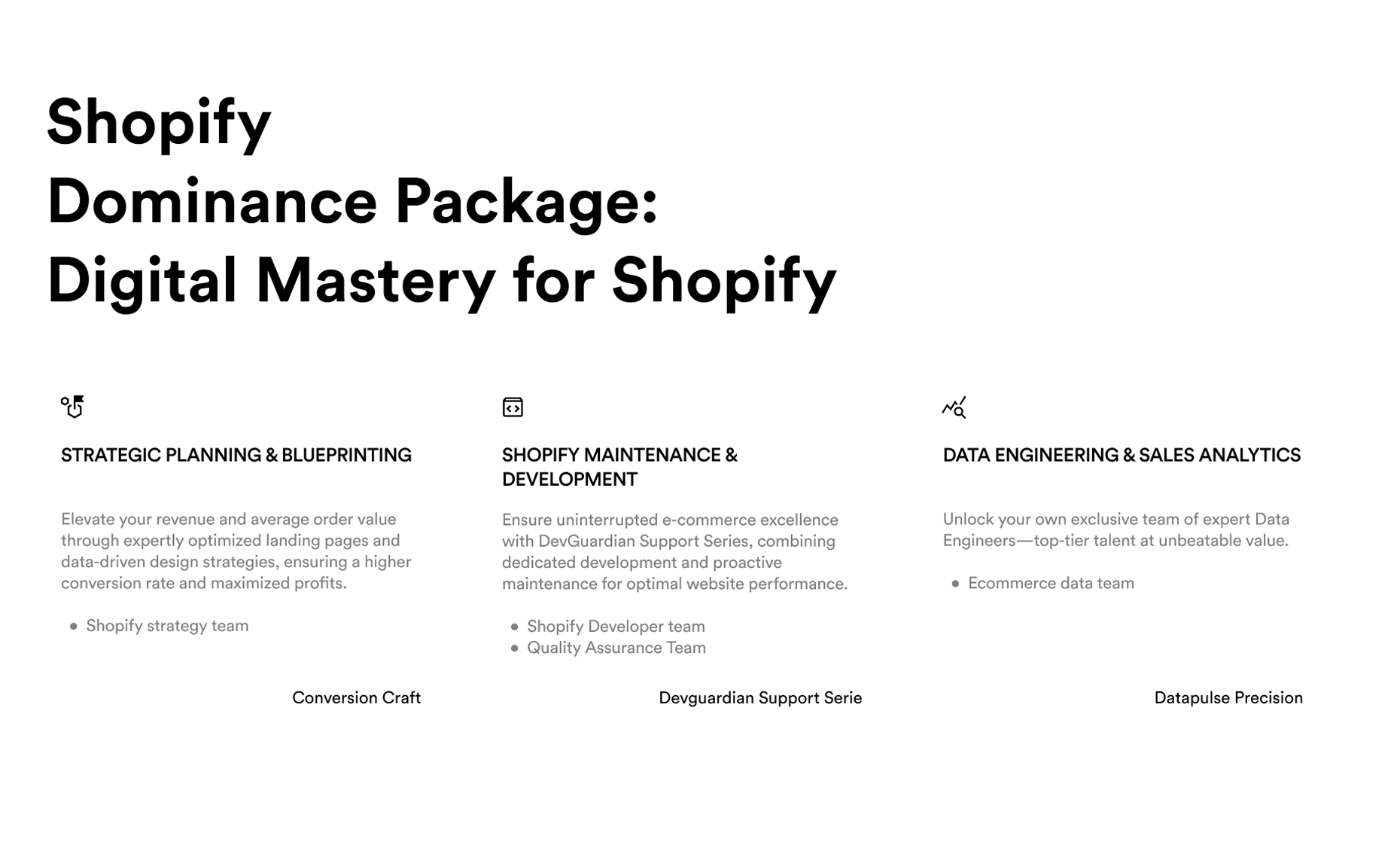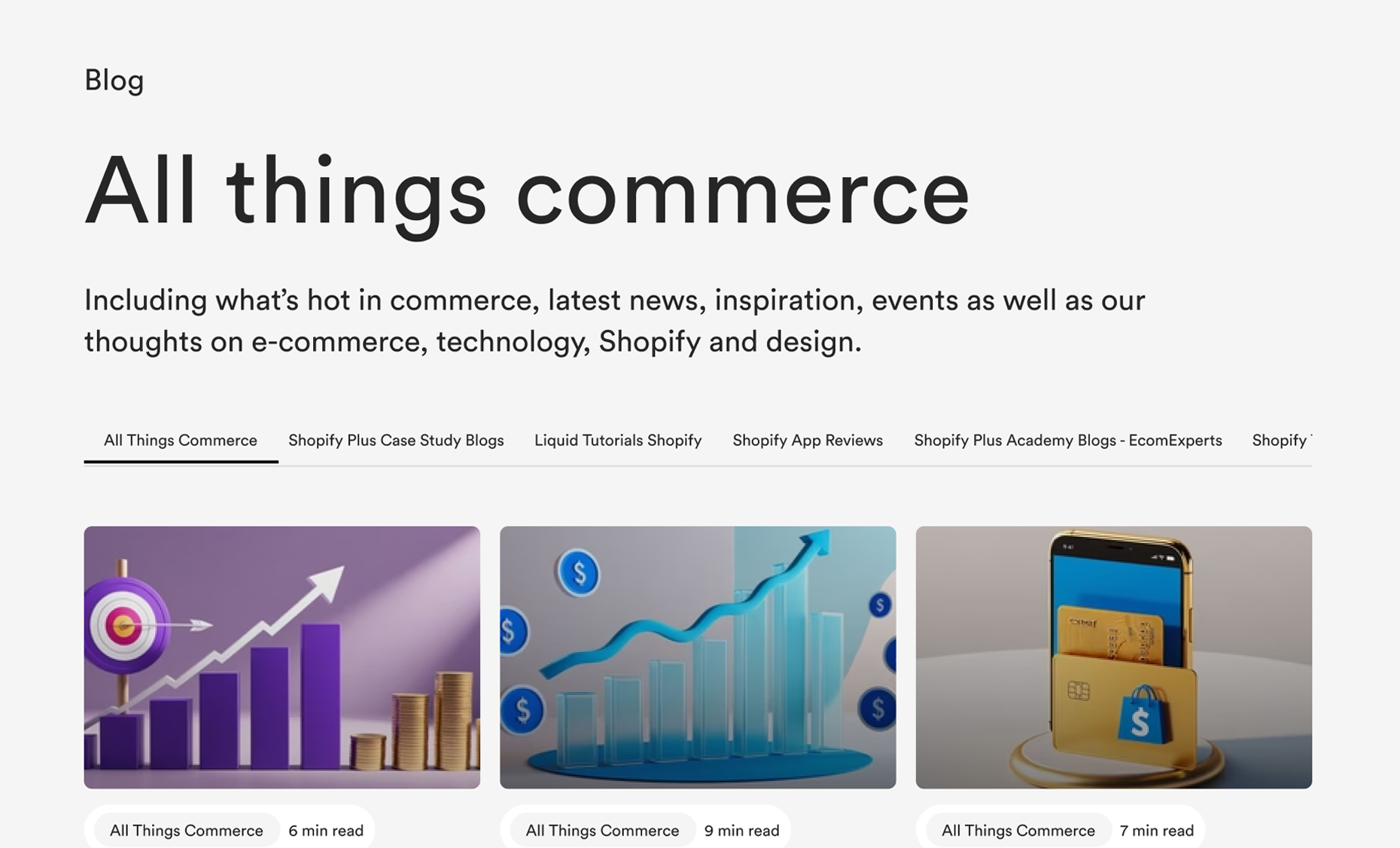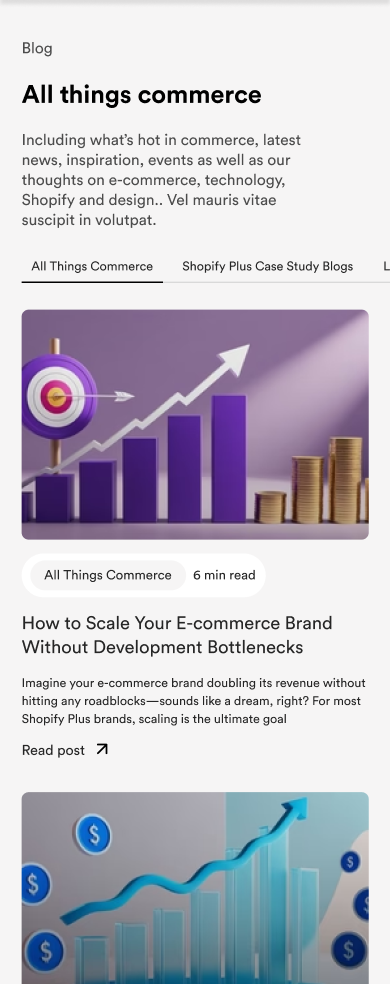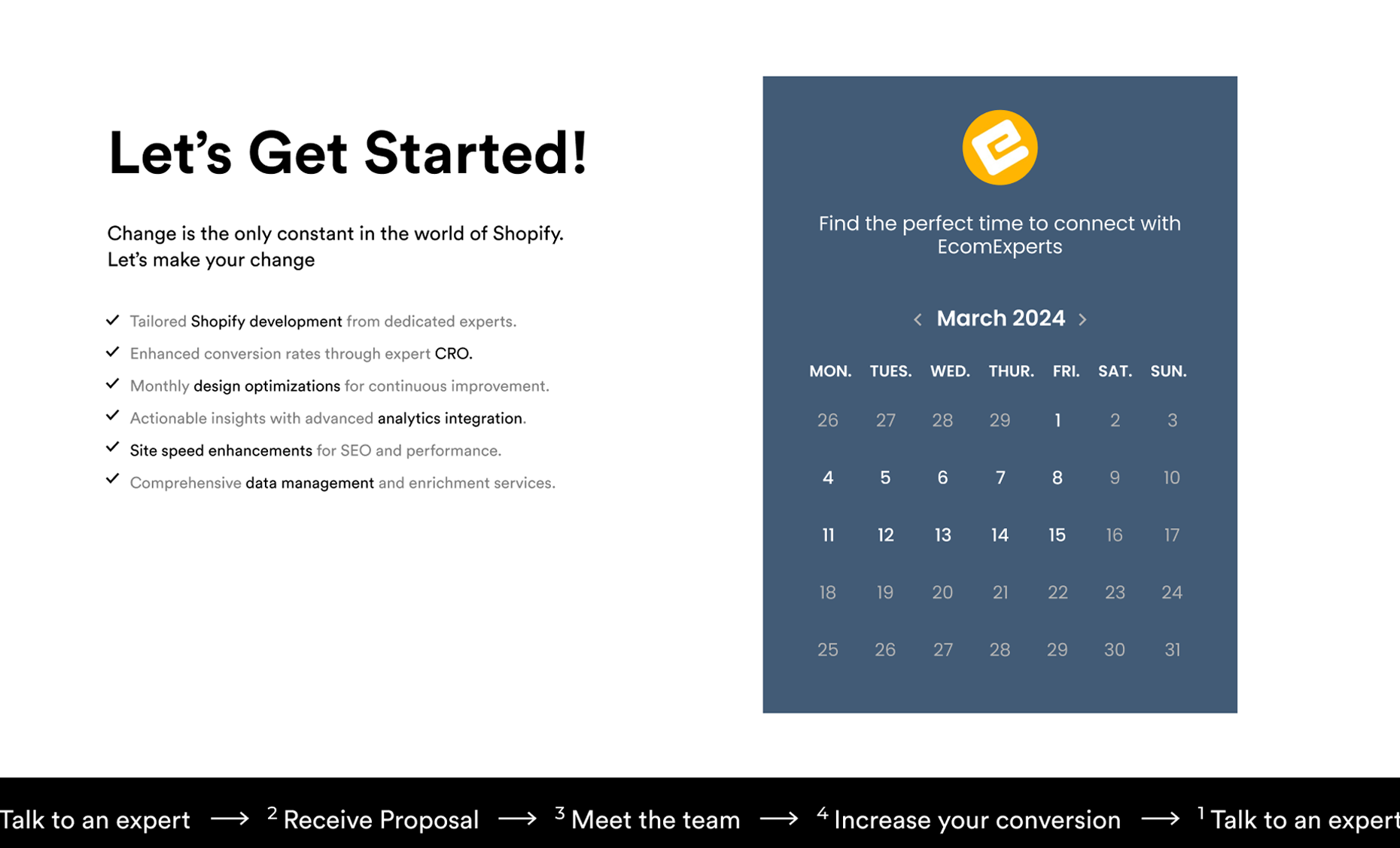Why do customers keep losing interest in your store? Could it be that interacting with your store is a pain and a chore? So, how do you fix that?
If every element of your web page takes forever to load completely, it is no surprise that people leave your site before they can buy anything. This is why you must get your store’s LCP up FAST!
LCP means Largest Contentful Paint, and it measures how long it takes your page to load properly. Specifically, it deals with everything a user can see without having to scroll.
A poor LCP score chases customers away in more ways than one. First, it slows down your page because customers have to wait. Secondly, it causes a bad user experience. This translates to poor Google rankings and maybe even one or two reputation-damaging reviews.
Sure enough, as a Core Web Vital, optimizing LCP is on everyone’s mind. Let’s find out what LCP is in detail!
What is LCP, and Why is it Important?
When customers come to your online store and find beautiful products, of course, they’ll be tapping that CTA button!
But what happens if the button isn’t ready yet? They’ll instead move to the next working store with similar products.
This is precisely what happens when your LCP is poor. The content is right there, but your users cannot interact with them because they aren’t done loading. What’s worse, most people decide to stall by scrolling. And what do they meet? More content that hasn’t fully loaded.
Most users would walk out the door.
LCP, Largest Contentful Paint, is a Google metric that calculates how long it takes to load the over-the-fold content, that is, the part of your page that they can see without scrolling.
A good LCP score is important for your business because it boosts sales, increases Google ranking and saves everyone’s time!
What Should My LCP Score be?
LCP has now become a measurement of page speed. Hence, to stay on top of your speed game, your LCP should remain below 2.5 seconds. What this means is that all your over-the-fold content (or at least the largest and most important ones) should have loaded before the 2.5-second mark.
Pages are ranked like so;
1. 0-2.5 seconds; great LCP
2. 2.6- 4.0 seconds; average
3. >4seconds; extremely poor.
At EcomExperts, we work towards a speed time not more than 2 seconds, ensuring that your site loads good even with bad internet.
What Affects LCP Values?
There are a lot of factors that affect page load time and its metrics. These three, however, are known to delay LCP specifically.
- Slow server response time
- Slow resource load time
- Client side-rendering
Fishing out which one exactly torments your site might be tedious. An expert, Shopify optimization agency could fix all your site troubles in a jiffy.
- Slow server response time
Of course, when it comes to speed, your server has a huge say. If your page takes too long to receive content from the server, its loading time will automatically be delayed.
Gladly, this situation is only temporary.
A slow server response time can be corrected by optimizing images and codes. A great way to monitor the effect of your server’s speed on the well-being of your site is to use TTFB (Time To First Byte). If your TTFB is below 0.1seconds, you are good to go! Slow server response time is not one of your problems.
- Slow resource load time
A slow resource time means the content itself is taking forever to load. To prevent this, optimization cannot be overstated. Compress and compress and compress. Preload heavy files, optimize images.
Finally, make sure your browser is cached so even if the first visit doesn’t go smoothly, subsequent ones will be more convenient for the user.
- Client-side rendering
This is the part where you must pay attention to your code. Many websites prefer to render their JavaScripts on the user’s side, causing LCP to lag. So, it's better to render your codes on the client’s side. This is no child’s play. Rendering is an integral part of Shopify speed optimization.
A correctly rendered webpage will help you run your codes smoothly, with little or no hitches.
How is LCP Calculated?
To calculate how long it takes for the over-the-fold content to load, Google considers the following:
- What is the largest or most important element?
- When did it load completely?
The largest element a user meets when he enters your store is probably a bold hero image or slide that summarizes what you do in a sentence or less. Often, this first impression determines everything.
It also determines your LCP value. So how do we identify the largest content? Of course, it isn’t simply by looking.
- Only the part of the text or image in the viewport counts- if the text extends below the fold, only the first part seen is considered.
- Resized images take their smallest sizes- if a small image was resized to become bigger, the smaller dimension is considered. The same goes for a big image resized to a smaller size.
- Margins, borders and paddings do not affect the size of the content- so even if the text box intrudes some borders, its size remains unaffected.
- For content containing text, the earliest font is considered, not the smallest.
A metric like Element Timing API can be used to tell when the content became fully available for interaction.
On the downside, this metric only tracks image and text content. For most pages, this is enough.
How do I Optimize My LCP Score?
Getting your LCP score in a good place is a great tactic to improve user experience in your store, and as a result, site traffic.
Optimizing LCP can be as easy as optimizing your font or compressing a few images. However, the rot is more than often deep in the code; when this happens, it's time for code cleanup.
Ecomexperts is a professional Shopify optimization agency that specializes in all forms of speed optimization. If you need your Shopify store up and ready to go, you need only give us a call!


